- Undergraduate
Bachelor's Degrees
Bachelor of ArtsBachelor of EngineeringDual-Degree ProgramUndergraduate AdmissionsUndergraduate Experience
- Graduate
Graduate Experience
- Research
- Entrepreneurship
- Community
- About
-
Search
All Thayer News
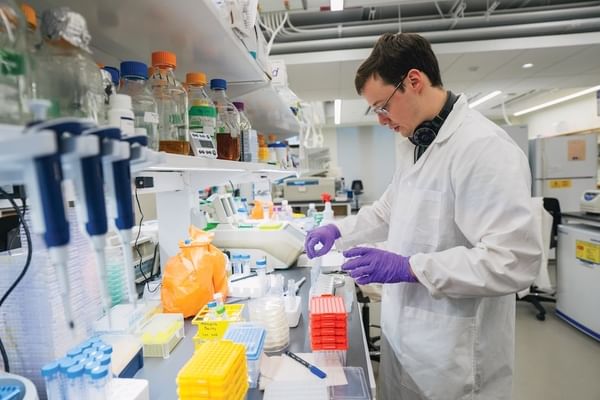
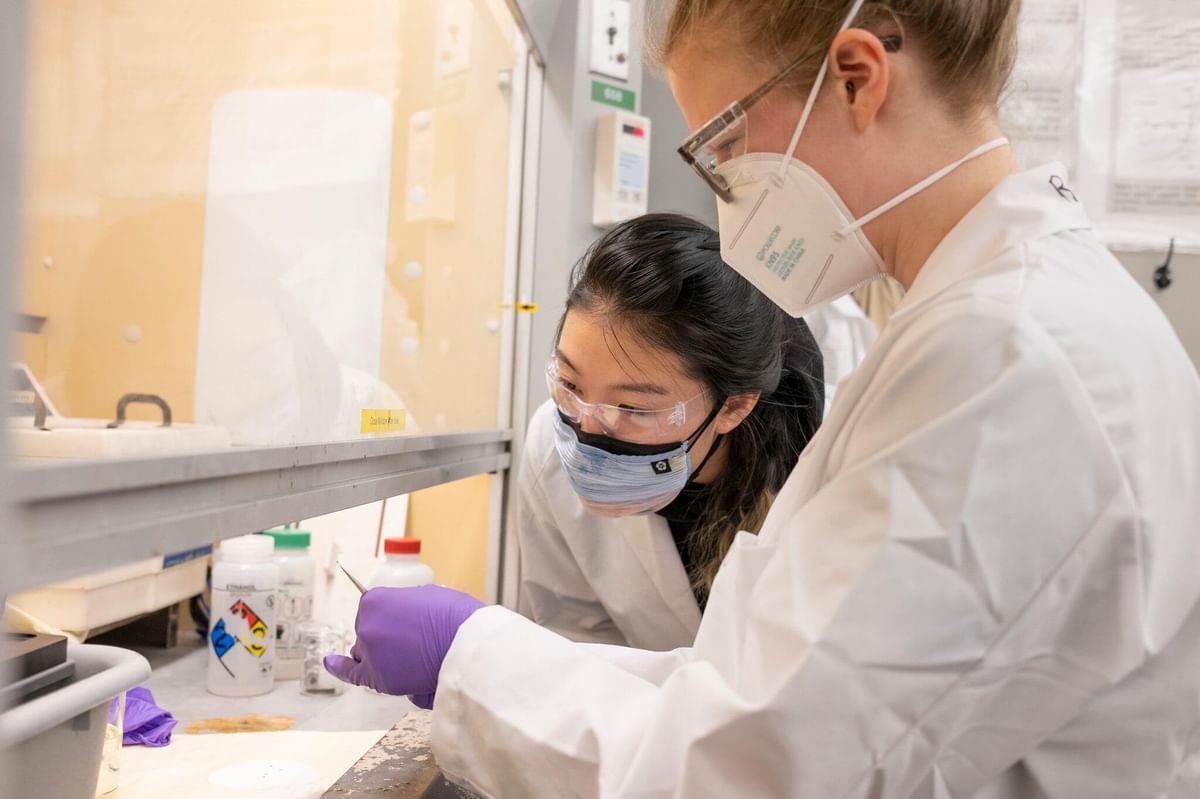
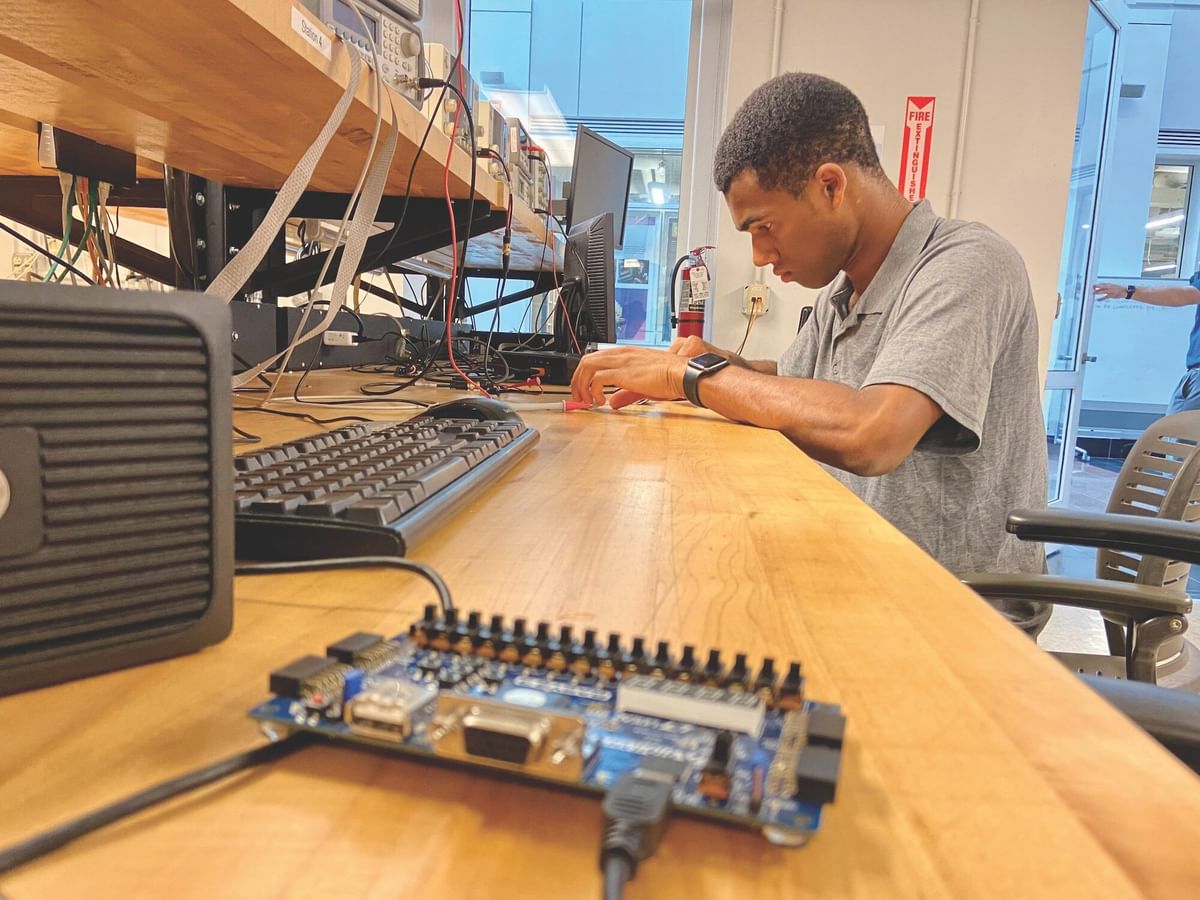
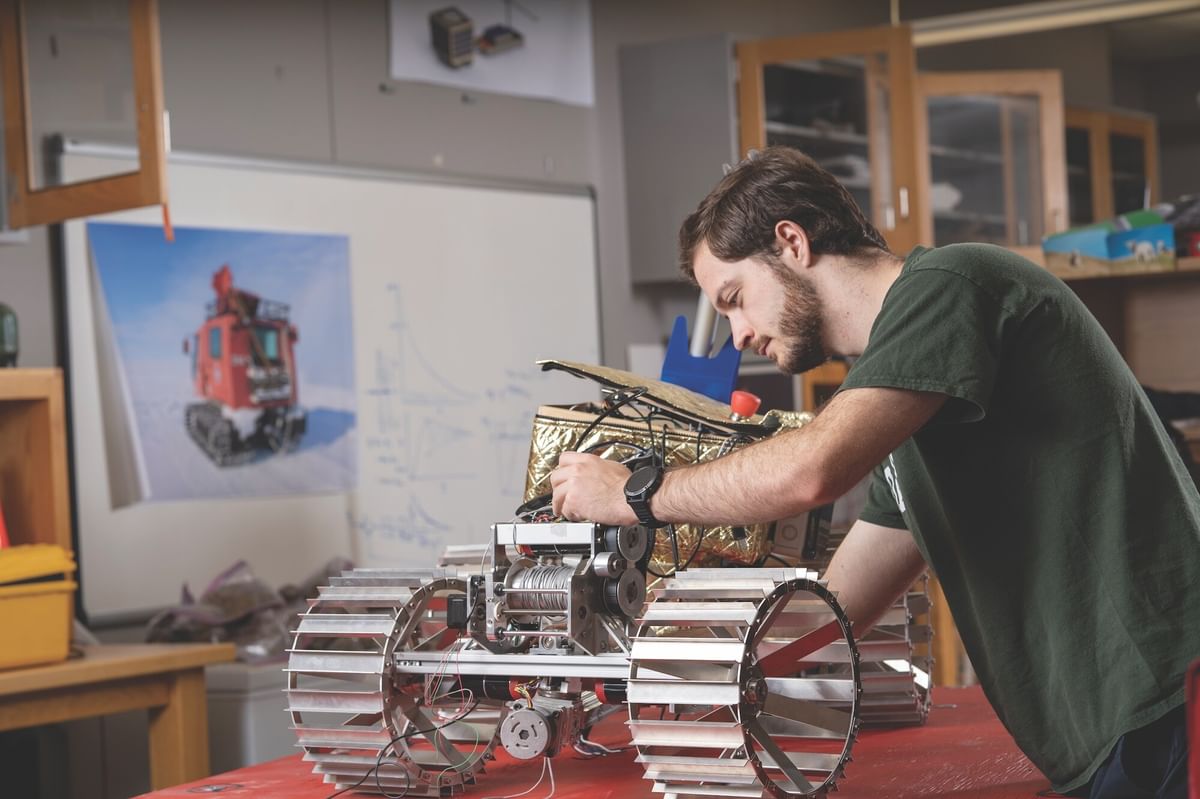
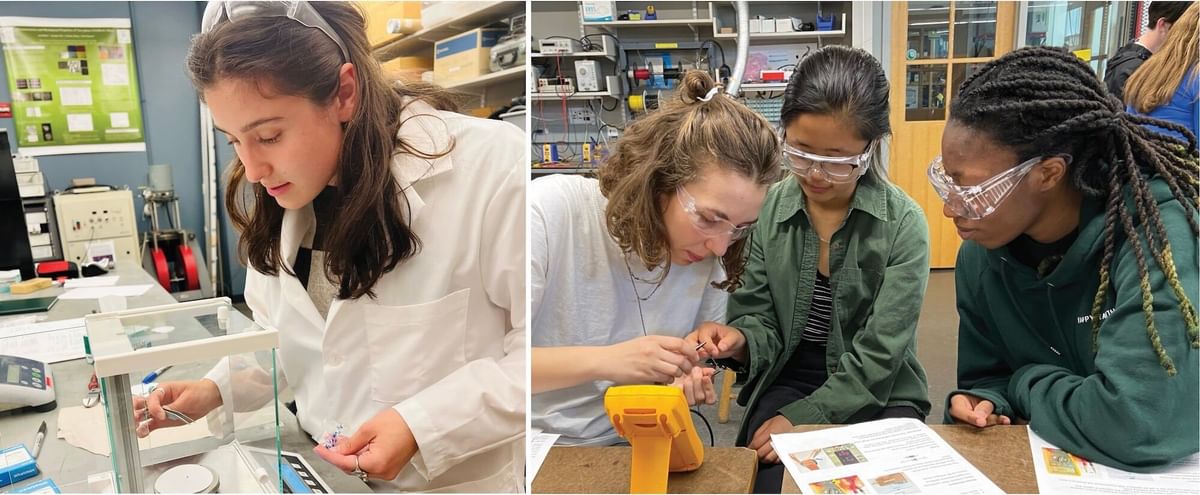
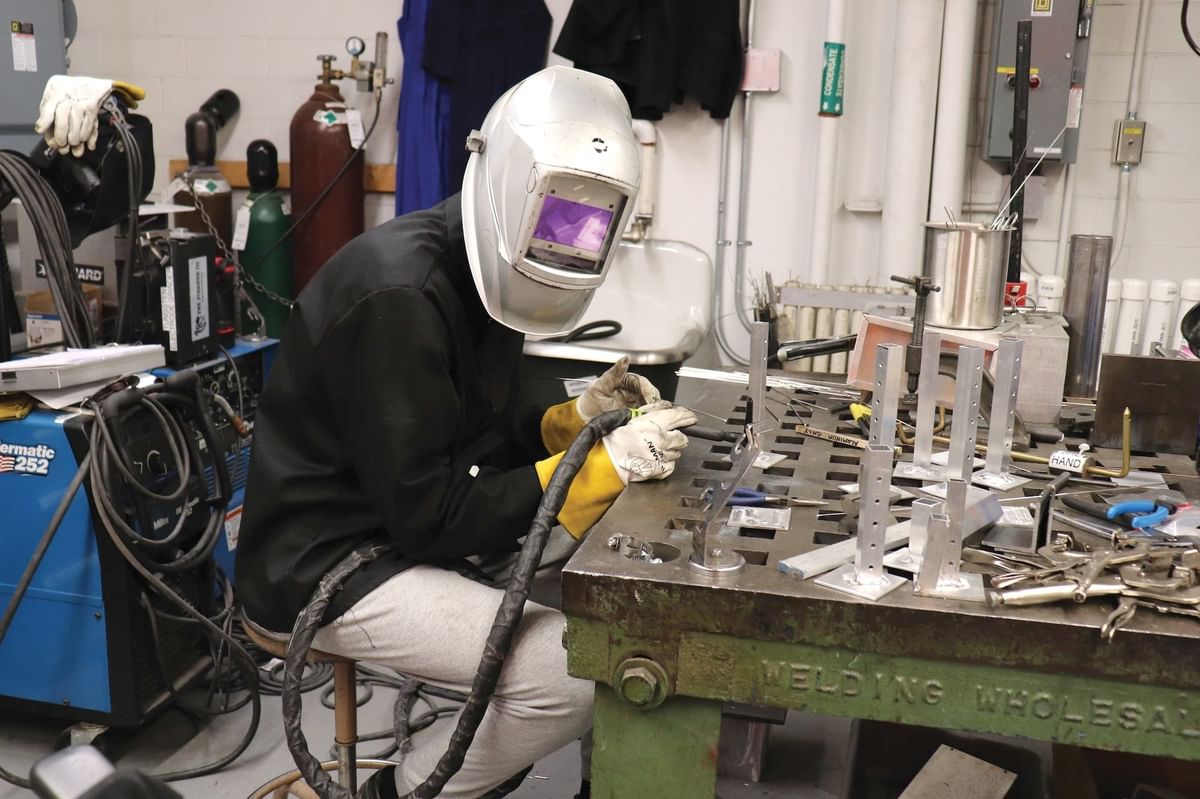
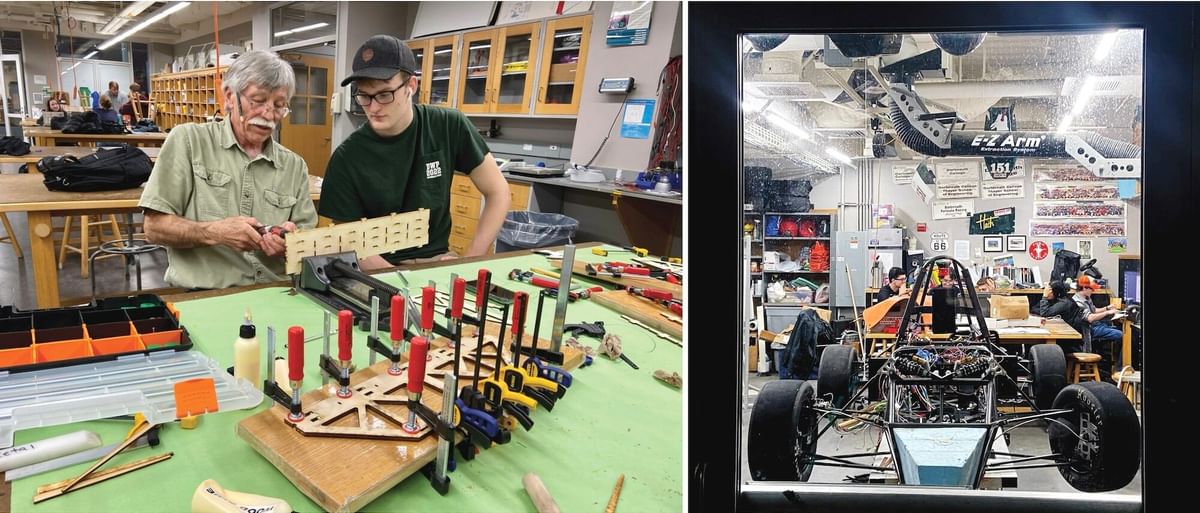
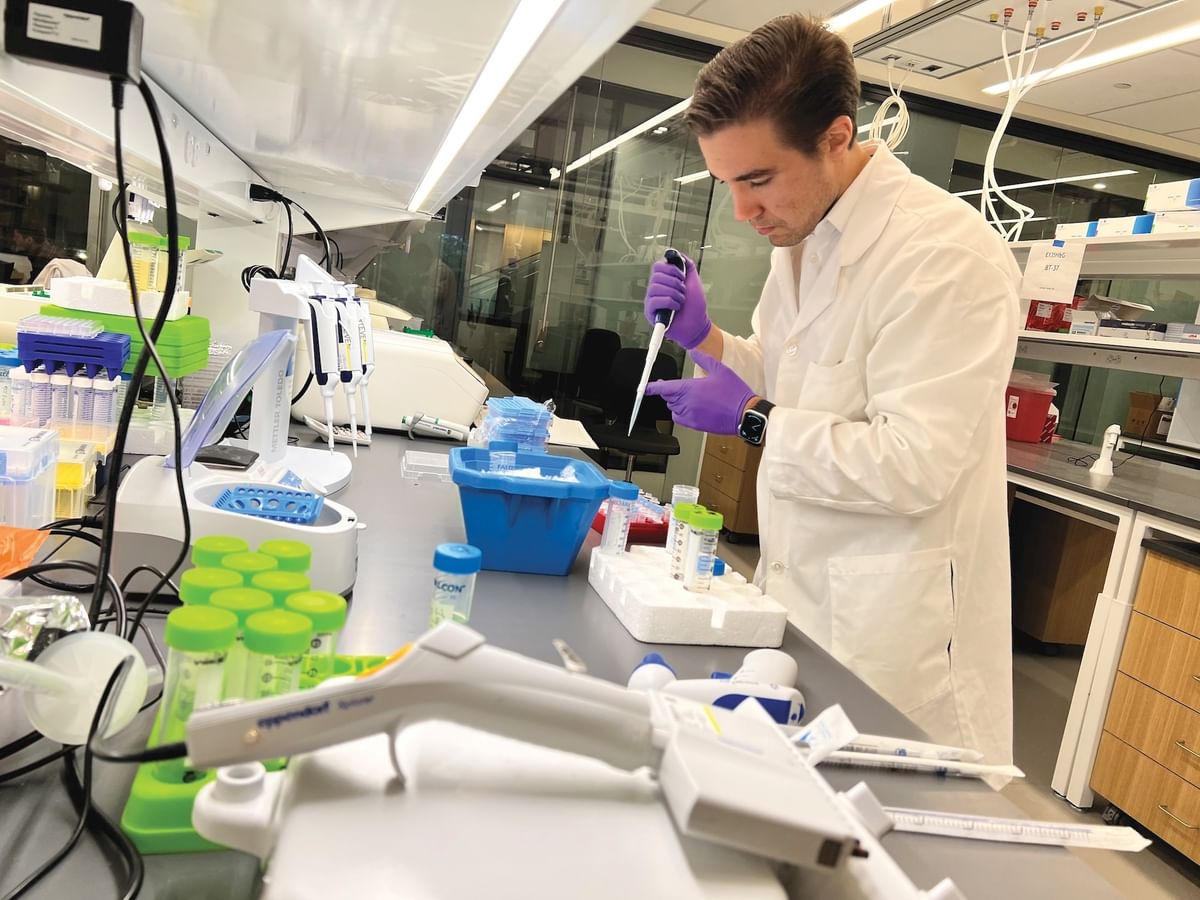
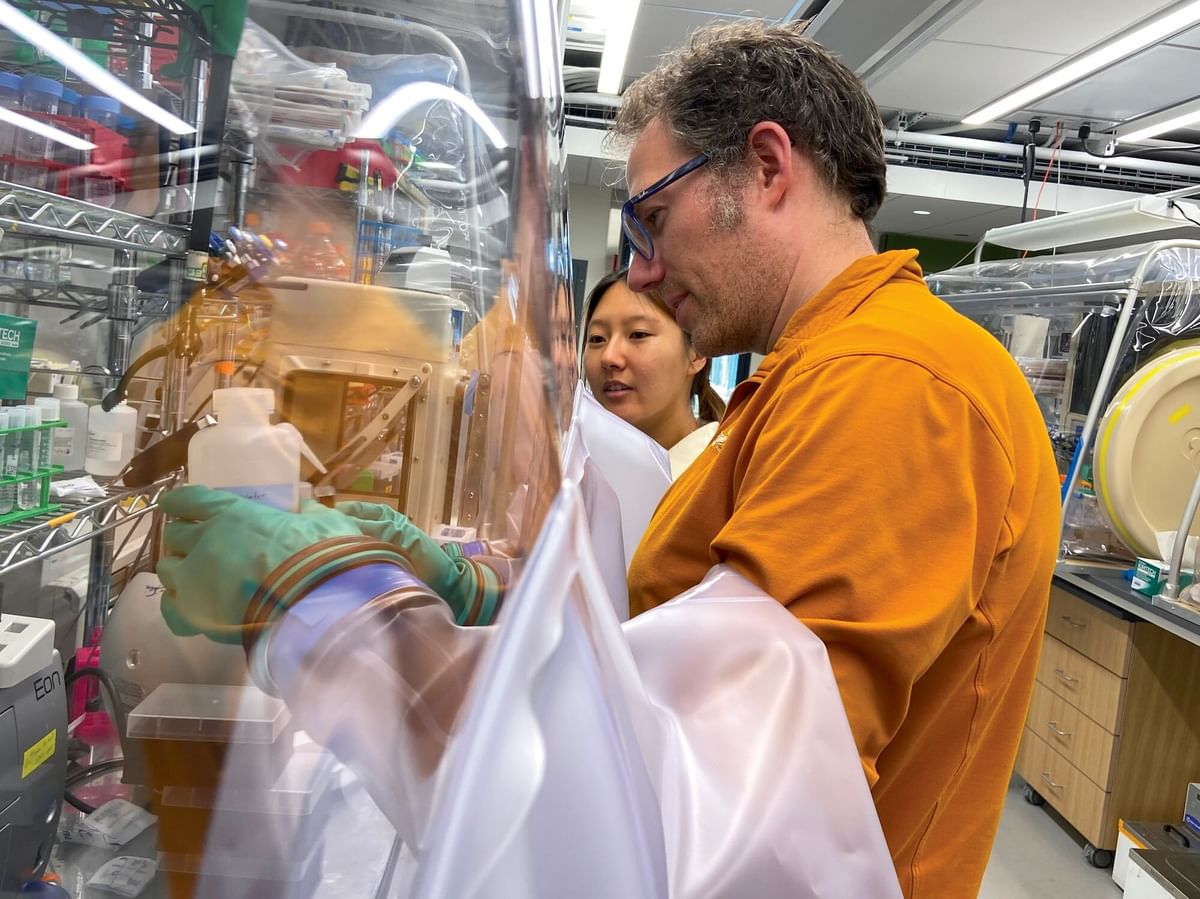
Lab Work: A photo essay
May 22, 2024 | Dartmouth Engineer
Laboratories across the West End enable students and professors from a range of disciplines to bring new concepts to life. More than 80 percent of undergraduates take at least one engineering or computer science course, using Dartmouth Engineering's 60-plus labs in hands-on, collaborative learning.

NSF Graduate Fellow Nicholas Curtis, a PhD candidate in Professor Jiwon Lee's lab, studies the variances in the body's immune response to pathogens to inform better vaccines and treatments. (Photo by Robert Gill)
Additional spaces, such as the Cable Makerspace, "welcome students to 'think with their hands' by bringing their ideas out of their head and into reality," says Professor Eugene Korsunskiy. "It is outfitted with beginner-friendly fabrication equipment, such as laser cutters and 3D printers, and accelerates the pace of discovery and invention by lowering the barriers to entry and shortening the time between idea and prototype." It's an example of engagement that begins from the moment students step on campus.
Incoming students in the First-Year Summer Enrichment Program explore hands-on engineering by building battery-powered or solar-powered marble machines. Another program—funded by the National Science Foundation—offers a term of research lab experience to encourage undergraduates to consider a career in materials science.
From emerging technologies to advanced materials and biotechnology, cutting-edge labs connect professors, research scientists, and undergraduate, master's, and PhD students to test theories, advance prototypes, and solve complex problems.

Rachel Osmundsen Th'22 (right) trains PhD candidate Aubrey Tang on electropolishing metal samples in the Metallurgy Lab for analysis using transmission electron microscopy (TEM). Professor Ian Baker's team uses TEM to analyze metals' crystal structure and deformation in an effort to improve their mechanical and functional properties. (Photo by Mark Washburn)

The Electronics Project Lab enables students to design, build, and test electronics and circuits with the support of a professional engineer on staff. (Photo by Catha Mayor)

PhD student Philip Mulford was part of a student team that won Best Technical Paper in NASA's Breakthrough, Innovative, and Gamechanging Ideas challenge for its lunar exploration robot—dubbed SHREWs for Strategic Highly compliant Roving Explorers of other Worlds. Developed in Professor Laura Ray's lab, SHREWs is actually several connected rovers with the ability to inch down sides of craters. (Photo by Mark Washburn)

L: Students participating in the National Science Foundation Research Experience for Undergraduates program consider different career paths by spending a term conducting lab research as materials scientists. (Photo by Haley Tucker) R: Students build simple circuits, integrating sensors and actuators, for their ENGS 21: Introduction to Engineering class in Couch Project Lab. (Photo by Catha Mayor)

Joseph Harrington '24 practices tungsten inert gas, or TIG, welding aluminum in the MShop. (Photo by Tishya Khanna '24)

L: Every year, MShop technical instructor Daniel DeNauw helps students build bridges for ENGS 33: Solid Mechanics. Student teams design and build scale models using SolidWorks to analyze and predict maximum loads as well as how far the bridge roadway will bend at a load of 1 kN. Thayer's Instron machine then puts the students' designs to the test in Couch Lab. R: The Dartmouth Formula Racing team gathers for an evening session in the Allyn Large-Frame Lab. (Photos by Catha Mayor)

PhD Innovation Fellow Steven Ionov preps for an experiment in Professor Jiwon Lee's immunoengineering lab. (Photo by Catha Mayor)

Professor Daniel Olson and PhD candidate Shu Huang engineer organisms that naturally break down lignocellulose into efficient biocatalysts that can withstand the rigors of industrial-scale fermentation. The research provides an important foundation for the nascent cellulosic biofuels industry. (Photo by Catha Mayor)
For contacts and other media information visit our Media Resources page.
